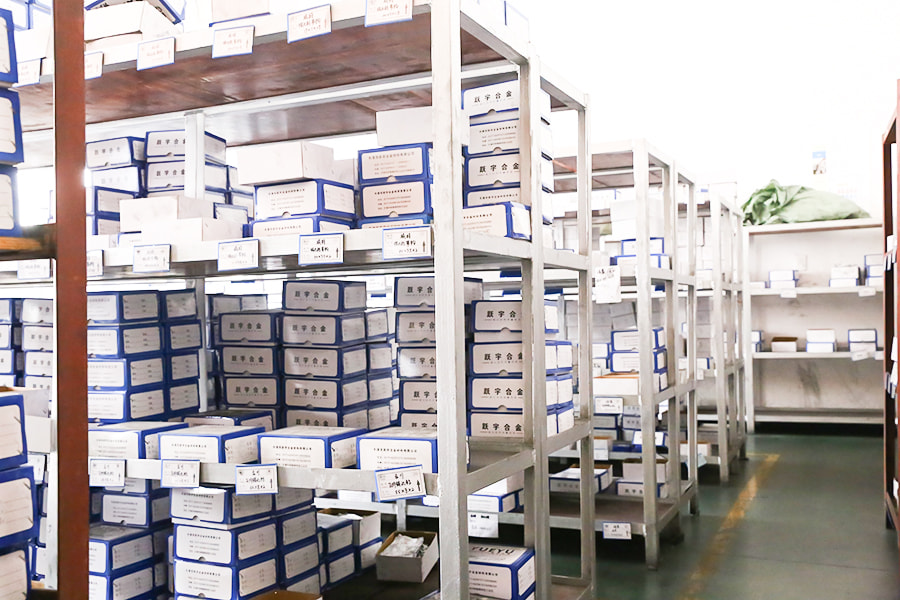2025-10-17
Across machining workshops and production floors, the comparison between an Indexable Insert and a Carbide Welding Blade often arises when choosing cutting tools for specific operations. The demand for tools that adapt to different materials, processes, and precision requirements continues to grow, and products like the Generic Triangle Shape Carbide Cutter Insert Shim show how modern insert technology addresses these challenges.
Versatility is one of the defining characteristics of indexable inserts. Their design allows operators to use the same insert for a wide variety of machining applications, including milling, turning, threading, and grooving. By simply rotating or replacing the cutting edge, the tool can be quickly adapted to new tasks. This modularity contrasts with the fixed nature of carbide welding blades, which require regrinding or replacement once the edge wears down.

The efficiency of an indexable insert lies in its multi-edge design. Each insert typically offers several cutting edges, meaning that when one edge is worn, another can be indexed into position without removing the tool holder. This significantly reduces downtime and extends the practical life of the insert. Carbide welding blades, while durable, concentrate all wear on a single edge.
Manufacturing rarely involves machining a single type of material. Steel, cast iron, and non-ferrous alloys all have unique cutting characteristics. The triangle-shaped carbide insert demonstrates how geometry and grade options allow customization for a broad range of materials, providing consistency whether in roughing or finishing operations. In contrast, carbide welding blades are typically produced with a fixed geometry, making them less adaptable to varied material properties. While welded blades can offer advantages in heavy-duty or shock-prone operations, inserts provide broader application potential across changing production needs.
Ease of maintenance is a key factor in modern machining. Indexable inserts reduce the need for lengthy tool changes, as operators can simply rotate or replace the insert rather than resetting the entire cutting tool. This streamlined process keeps machines running with fewer interruptions. Carbide welding blades, however, demand more extensive attention, including brazing repairs or full blade replacement. For high-volume manufacturers, the reduced downtime achieved with insert tooling can have a significant impact on overall productivity.
Precision remains at the core of machining operations. The Generic Triangle Shape Carbide Cutter Insert Shim illustrates how indexable inserts maintain dimensional accuracy by ensuring that tool setup remains consistent even after edge replacement. This repeatability is especially important in industries such as aerospace or automotive, where large production runs require uniform quality across components. Welding blades may require re-adjustments after sharpening or replacement, which introduces more variability into the process and can extend setup times.
While the initial purchase price of indexable inserts may appear higher than some welded solutions, their multi-edge design and lower downtime often make them more cost-effective in the long term. Inserts allow more consistent use of each cutting unit, reducing the frequency of full tool replacement. Carbide welding blades, by comparison, often generate higher maintenance and replacement costs due to their single-edge usage. For workshops balancing cost management with output quality, this difference is a deciding factor in tool selection.
Although indexable inserts demonstrate strong adaptability, carbide welding blades remain valuable in certain environments. For heavy interrupted cuts, where resistance to impact is critical, welded blades provide the rigidity required to withstand demanding conditions. This highlights that tool choice is not about replacing one option with another entirely but rather aligning the tool with the specific requirements of each machining operation.